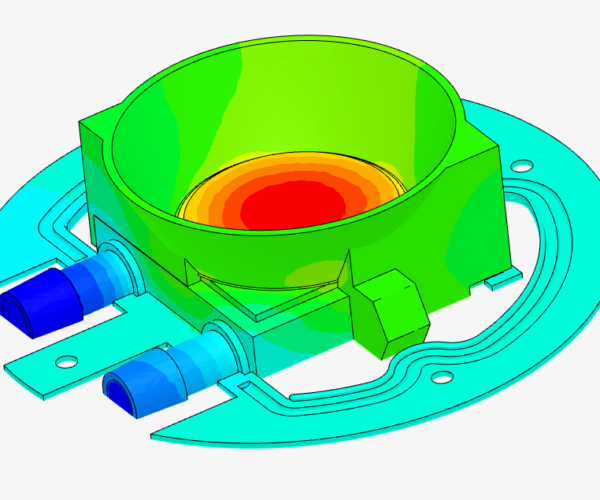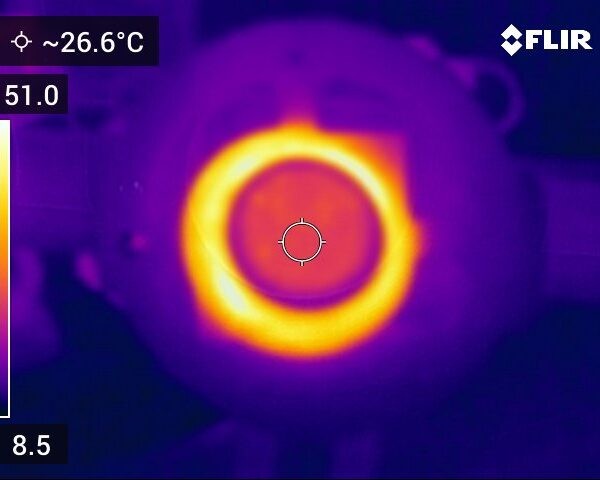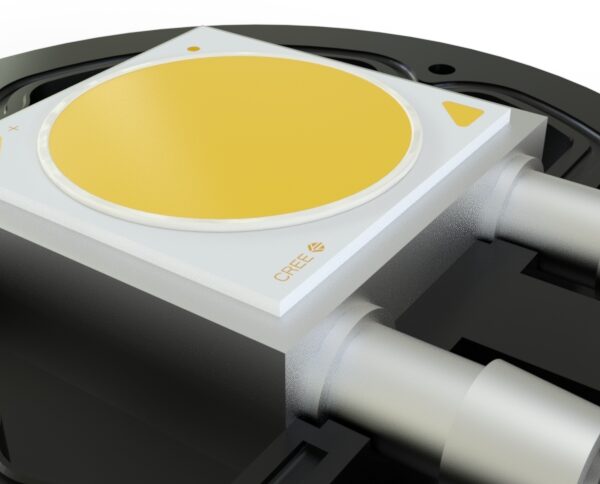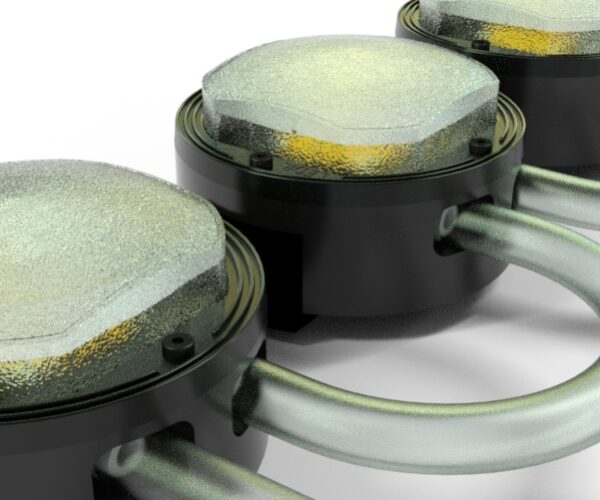PLA and PETG warping post print due to high temp usage
Hi,
Maybe more of a material question that a print topic.
I'm building a really strong LED light fixture which is being water-cooled. Thus I was hoping to get away with 3D printed parts instead of metal ones.
This is a simulation of temperature when water-cooled. Showing that the LED is getting the hotest. Around 30degrees. The green part is what holds the LED chip to the cooling block and also acts as a collimator (fancy lighting term). One thing my simulation doesn't take into account is the emitted light energy.
The green part is the one with the warping/deform issue during operation (not print).
Real tests shows that the LED temp is actually close to the simulated 30 degrees. BUT the collimator part actually reaches above 50 degrees which I wasn't expecting to be an issue.
So is switching to ABS really a solution here or is something else better?? I've painted the part in a superreflective paint hoping that would help. But still warps.
This is a few renderings of my project. Not sure it helps the resolution process.
Four lights assembled
One underlying problem is that most printable plastics are poor conductors of heat. To aid the water cooling you might try printing the collimiter/mounting block in copper-filled filament which conducts heat relatively well.
Cheerio,
RE:
Ahh ok. That would get the collimator water-cooled as well having contact with the cooling block. Any Prusa "supported materials" available?
Also found https://blog.prusa3d.com/advanced-filament-guide_39718/
Where the "heat deflection temperature" seems to be a focus area. Also realized there is a PETG HT version available.
Is Polycarbonate the best option?
Possibly. I would experiment with differing materials and different fills to find how fast heat propagates through the part and how much heat needs to be taken away before committing to any particular material.
Cheerio,


